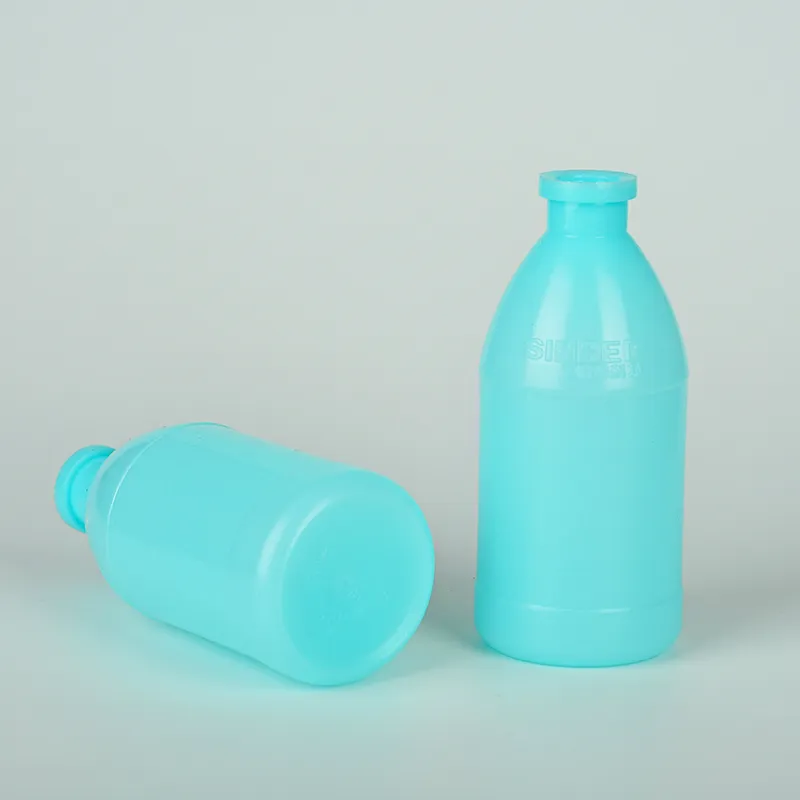Sample Tube Specifications for Enhanced Polarimeter Performance and Accuracy
Understanding the Polarimeter Sample Tube A Key Component in Optical Activity Measurement
The polarimeter is an essential instrument used in various fields such as chemistry, pharmaceuticals, and food science to measure the optical activity of substances. At the core of this device lies the polarimeter sample tube, a seemingly simple component that plays a critical role in the measurement process. In this article, we will delve into the significance of the sample tube, its design, and its impact on obtaining accurate measurements.
What is a Polarimeter?
A polarimeter is a scientific instrument that determines the degree of rotation caused by passing polarized light through an optically active substance. This rotation is a characteristic property of chiral molecules—substances that exist in two mirror-image forms, known as enantiomers. The degree of rotation can provide valuable information about the concentration and specific rotation of these substances, which is crucial in various applications, including quality control in the pharmaceutical industry and analysis in academia.
The Role of the Sample Tube
The sample tube, often referred to as a polarimeter tube or cell, is where the sample being analyzed is placed. Its primary purpose is to hold the sample while allowing polarized light to pass through it uninterrupted. The design and specifications of the sample tube are vital, as they directly influence the accuracy and reliability of the measurement.
Design Specifications
The typical polarimeter sample tube is made of materials that do not interfere with the light passing through, such as quartz or specialized glass. This is crucial because any absorption or scattering of light by the tube material can lead to erroneous readings. The length of the sample tube is also a significant factor; longer tubes can increase the optical path length, thus enhancing the sensitivity of the measurement for dilute solutions.
polarimeter sample tube

Most polarimeter sample tubes have a standard length of either 100 mm or 200 mm, though variations exist depending on the specific requirements of an analysis. The choice of tube length can affect the sensitivity and range of the polarimeter. For example, longer tubes are better for lower concentrations, while shorter ones may suffice for more concentrated solutions.
Importance of Cleanliness and Maintenance
While the physical aspects of the sample tube are critical, the cleanliness of the tube is equally important. Any residues from previous samples can lead to cross-contamination, which can skew results. It’s essential to clean the sample tube thoroughly between uses, often utilizing appropriate solvents or cleaning agents that do not leave any trace.
Furthermore, ensuring that the sample tube is free of scratches and imperfections is vital, as these can scatter light and affect the accuracy of measurements. Users should regularly inspect their tubes for damage and replace them as necessary to maintain the integrity of their experiments.
Practical Considerations in Use
When setting up a polarimeter to conduct measurements, careful attention must be paid to how the sample tube is filled. Overfilling or underfilling the tube can lead to inaccurate readings, so it’s crucial to adhere to recommended fill levels. Additionally, ambient temperature and light conditions should be controlled to reduce external influences on the measurement process.
Conclusion
In summary, the polarimeter sample tube is a pivotal component in the measurement of optical activity. Its design, maintenance, and usage directly impact the reliability and accuracy of results obtained from a polarimeter. By understanding the importance of this component, researchers and technicians can ensure they achieve precise and reproducible measurements, ultimately advancing their work in various scientific fields. As technology continues to evolve, the development of more refined sample tubes may further enhance the capabilities of polarimeters, pushing the boundaries of analytical chemistry.
-
Aesthetic Makeup Spray Bottles | Fine Mist Empty RefillableNewsAug.19,2025
-
White Plastic Veterinary Vaccine Vials | Lab Liquid BottlesNewsAug.18,2025
-
Plastic Medicine Liquid Bottle: Secure Flip Top Drug VialsNewsAug.17,2025
-
Durable 250ml Blue Plastic Vaccine Vial for Lab & Vet UseNewsAug.16,2025
-
Sterile Virus Sample Tubes: Secure & Reliable Specimen CollectionNewsAug.15,2025
-
White 250ml Plastic Vaccine Vial for Lab & Vet MedicineNewsAug.14,2025
























